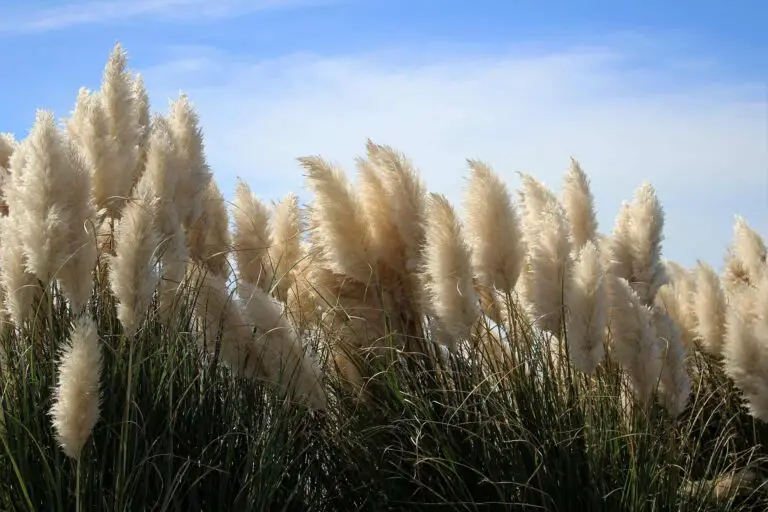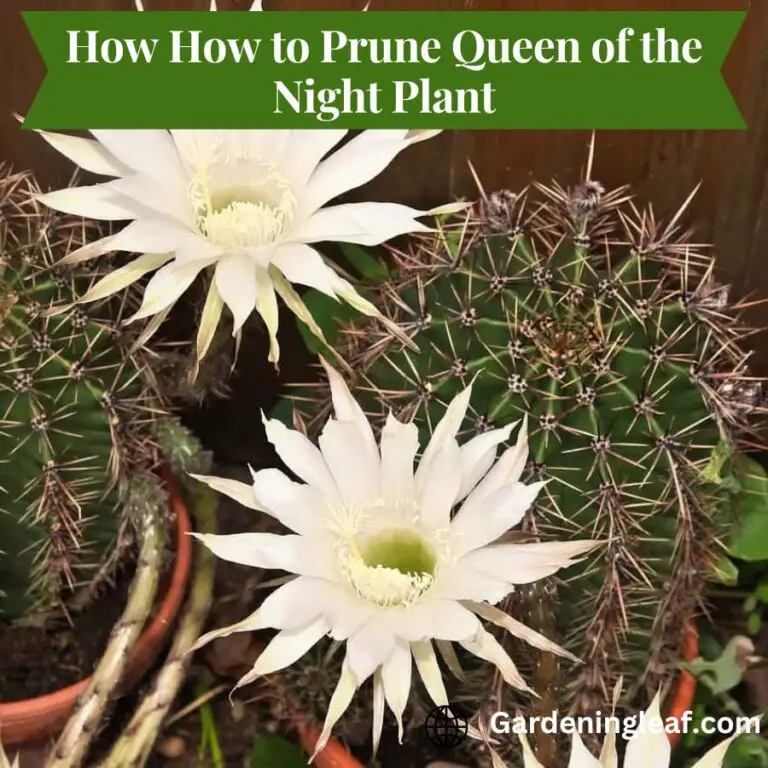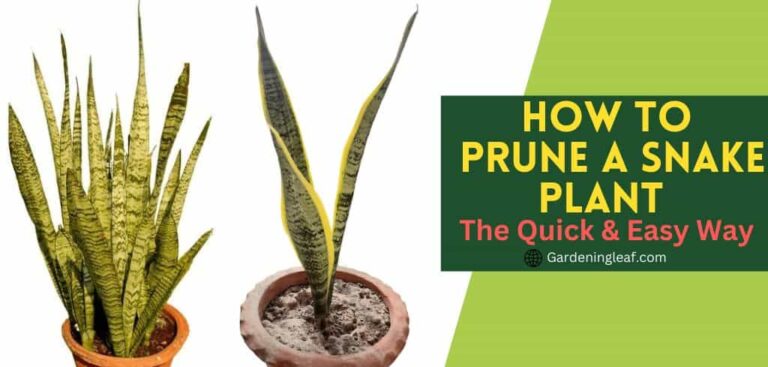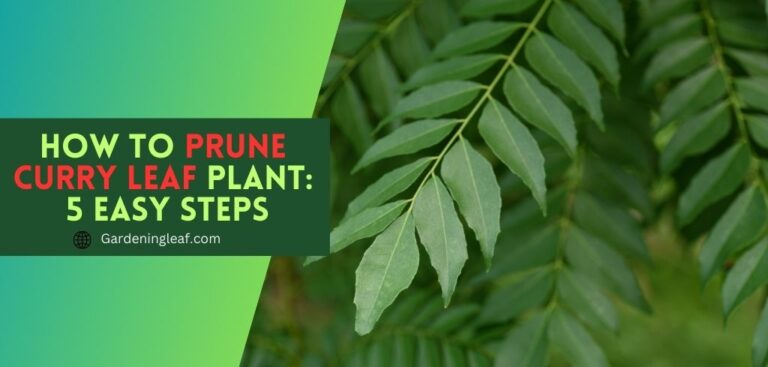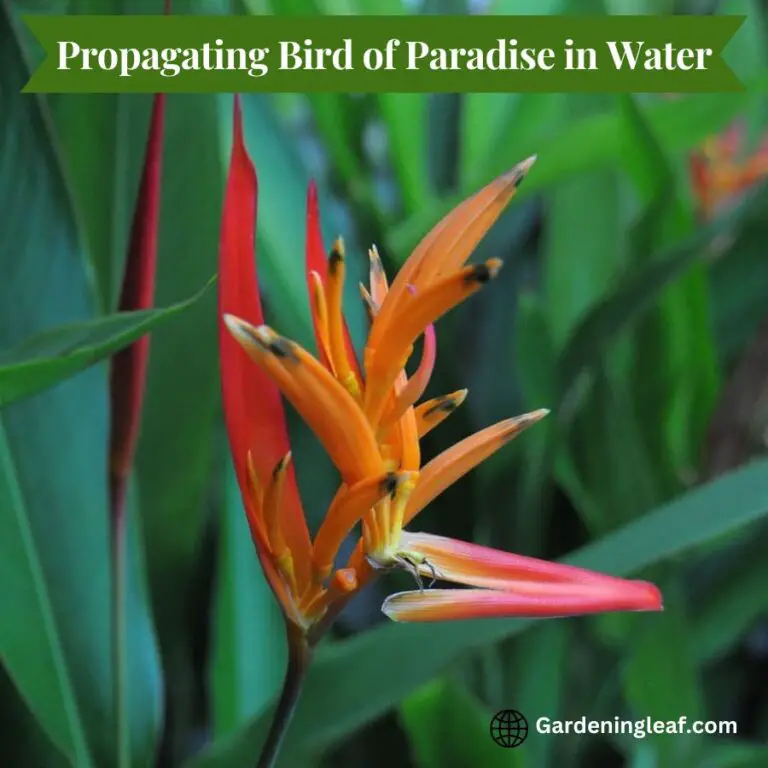Moss Lawn Pros and Cons- Professional Conclusion
The moss lawn is an increasingly popular alternative to traditional grass lawns. With their lush green color and carpet-like appearance, moss lawns have become an attractive option for homeowners looking to add a unique touch to their landscape. While moss lawns have advantages, there are also some potential disadvantages.
There are a lot of mixed feelings about moss lawns, so it’s hard to say for sure. That said, we’ve researched and compiled a few pros and cons of moss lawns that may help you make an informed decision.
In this article, we’ll look at the moss lawn pros and cons to help you make the best decision for your garden.
What Is a Moss Lawn?
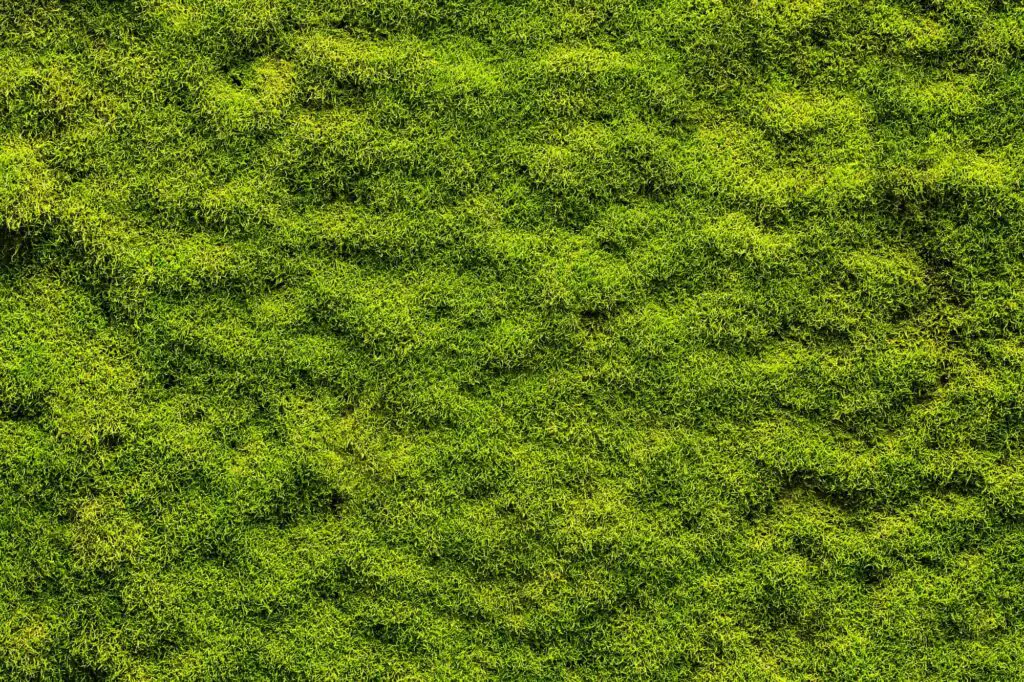
A moss lawn is a beautiful green landscaping alternative to traditional grass lawns. It’s made up of multiple species of moss, which are small, leafy plants that grow without roots or stems in dense mats across the surface of the soil.
Unlike grass, moss does not need to be mowed regularly and is not affected by the same pests and diseases that can harm traditional grass. Moss also doesn’t require fertilizers or herbicides, and it can even help reduce erosion.
The installation process is relatively simple and can be done in a few hours. First, the area to be planted must be prepared by removing weeds and raking the soil to ensure it is level. Next, moss can be seeded onto the soil or planted as plugs. Finally, the moss must be watered regularly (every few days) for the first few weeks or until the moss has taken root.
A moss lawn produces a beautifully green carpet of foliage. It has a soft, velvety texture that is pleasant to walk on barefoot and is naturally resistant to weeds. Moss lawns can be used in various applications, including garden paths, courtyards, decks, and even roofs.
| Moss lawn Pros | Moss lawn Cons |
|---|---|
| Versatile | High Cost: |
| Aesthetic Appeal | Moss Lawn Maintenance |
| It can grow in a variety of soils | Not Suitable for High Foot Traffic |
| Weed Control | Difficult to Remove |
| Keeps pests at bay | Needs frequent waterin |
| Prevents erosion | Poor sun tolerance: |
| Grows in areas where grass doesn’t | Grows in acidic soil |
| Aids in the soil’s moisture retention | Can be easily damaged |
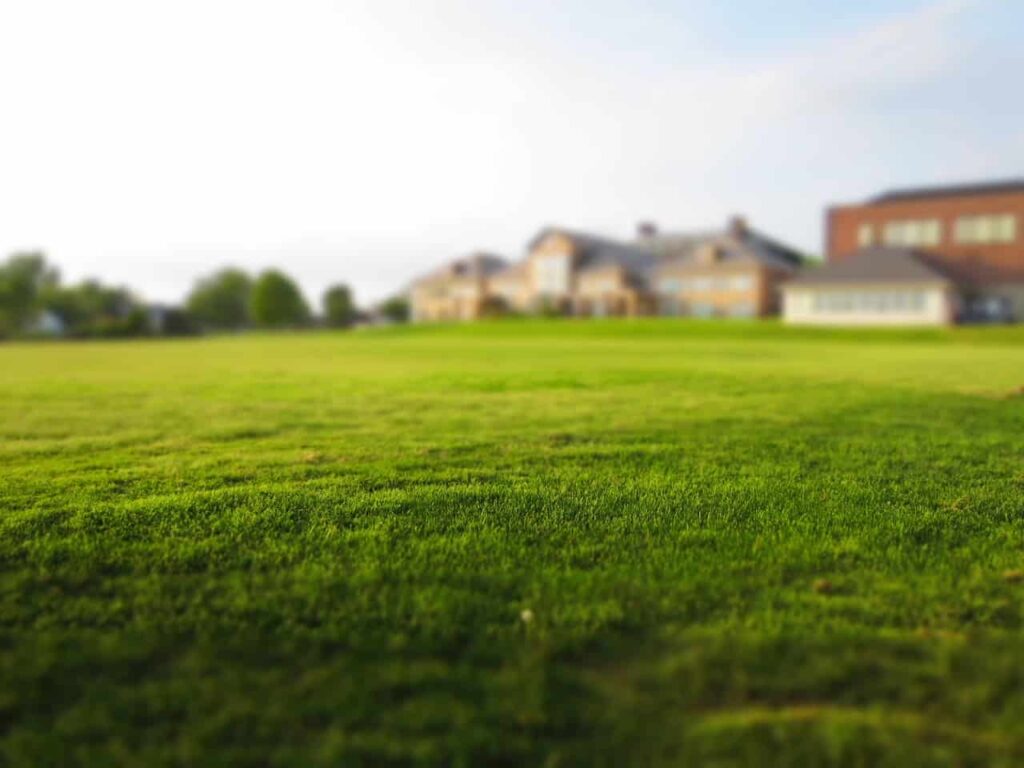
Moss lawn pros
Versatile: If you’re looking to create a unique and eye-catching landscape with moss, you have various options. Not only will you be able to find moss varieties with long stems and textured surfaces, but also those with sharp, needle-like leaves that will create a stunning coral reef-like effect. Fern moss and Hedweigia moss are two of the most popular varieties for creating this effect, so be sure to consider them when selecting the best moss for your lawn.
Aesthetic Appeal: Moss lawns are stunning and can instantly improve the appearance of any property. Whether you’re looking to create a formal English garden or a rustic country setting, moss lawns are the perfect way to enhance the look of your outdoor space.
It can grow in a variety of soils.: Moss is incredibly hardy and can grow in even the poorest soil types. Most varieties of moss need partial shade to thrive. If you’re planting moss in an area exposed to more direct sunlight, you’ll need to water it more often – the more sun, the more water the moss needs. This will help to keep it alive and healthy.
Weed Control: Mosses aren’t just aesthetically pleasing and can help keep weeds away. As mosses spread, they can help to create a dense layer that can prevent weed seeds from germinating. This makes moss lawns a great choice for a low-maintenance, weed-free lawn.
Keeps pests at bay: Moss lawns are great for keeping pests like mosquitoes and ants away from your property. The dense coverage of mosses makes it difficult for these pests to survive, so you won’t have to worry about them impacting your grass growth or turf health.
Prevents erosion: moss lawns are naturally erosion-resistant, which can help prevent soil erosion in your yard. Mosses anchor the soil and provide a stable surface for water runoff to flow over instead of into the ground. This helps to keep moisture levels high, promoting healthy turf growth and preventing excessive drainage problems.
Aids in the soil’s moisture retention: Moss lawns help retain moisture in the soil, promoting healthy turf growth and preventing drainage problems. As mosses spread and attach themselves to the soil, they form a layer that traps water and helps keep it available for plants.
Grows in areas where grass doesn’t: moss lawns can grow in areas where grass growth is sparse or undesirable. By using a moss lawn, you can create an attractive and healthy turf cover without having to bother with mowing or watering.
Moss lawn cons
High Cost: Moss lawns can be a bit more expensive to install than traditional grass lawns. This is because moss requires more water and sunlight than traditional turfgrass does. So, if you’re searching for a budget-friendly green option, try somewhere else..
Moss Lawn Maintenance: One downside of mosses for lawn care is that they require regular maintenance (mowing and watering) to maintain their appearance and health. If you don’t take care of
Not Suitable for High Foot Traffic: Moss lawns are not suitable for areas where high foot traffic is common. Because mosses don’t tolerate wear and tear, they’ll eventually cause turf damage.
Difficult to Remove: If you want to remove moss lawns in the future, they can be difficult to get rid of. This is because moss lawns form a dense, matted layer that can be hard to remove altogether.
Needs frequent watering: Moss lawns need to be watered more often than grass seed lawns. This is because moss does not hold water as well as grass and can quickly become parched in dry climates. For best results, water your moss lawn regularly, whether during the summer or drought.
Poor sun tolerance: Though moss lawns can tolerate partial sun exposure, they don’t do as well in areas that receive a lot of direct sunlight. Consider opting for grass instead of moss if you have a shady area near your house or garden.
Grows in acidic soil: Moss needs acidic soil for optimal growth. The ideal pH for moss growth is below 6.0; if the soil is neutral, it can still grow, but the results will be less than satisfactory. Alkaline soil is a serious challenge for moss, and its color may take on a yellow-green hue, while growth will be slow due to water retention and nutrient uptake difficulties. To ensure your moss thrives, make sure your soil is acidic, and ideally between pH 5.0 and 6.0. To lower the pH balance, you may use sulfur.
Can be easily damaged: Moss lawns are easily damaged by mowing too closely, weed pulling, and foot traffic or pets. Because moss lacks the tensile strength of grass, it can be cut or pulled more easily than turfgrass.
Read more : – Coir Pole Vs Moss Pole
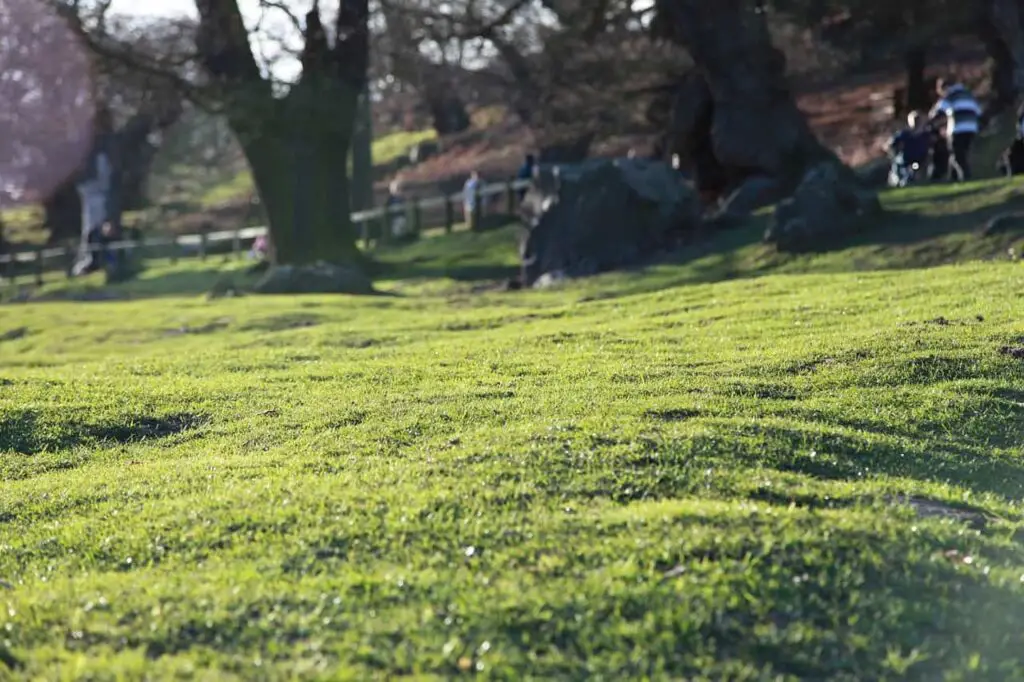
FAQs
How fast does moss grow?
Moss lawns grow slowly relative to grass lawns. However, they can still cover an area relatively quickly if given the proper soil and care. Moss will start growing within 6-8 weeks after planting, but it will take about 2-3 months for total growth.
Is moss slippery?
Generally, moss is not slippery. But moss can be slippery when wet. Moss can also become slippery when it is covered with algae, making surfaces dangerously slippery. In addition, some moss species can produce a slimy substance that can make surfaces slippery. Walking over moss-covered surfaces requires caution, especially when it’s wet.
Does moss like to be wet?
Moss loves to be wet – in fact, that’s where its heart is! It thrives in moist and humid conditions and needs to be watered regularly to stay happy and healthy. But don’t forget to give it some sun – after all, a little bit of sunshine is what makes this green wonder so wonderful.
Conclusion
Everything around us has some good and bad points; the most important thing is how you use it and your needs. Although moss may look beautiful and is a comfortable option for walking on, its drawbacks may outweigh its benefits for lawn purposes. Not only is it costly to maintain and requires regular watering, but it is also not as durable as grass lawns and can require replacing every few years. Moreover, if you are frequently walking on it, it may not be able to support you for a long time.
Therefore, weighing your moss lawn pros and cons is important before deciding if moss is the right choice for your lawn.
Source : – https://www.gardeningknowhow.com/lawn-care/lawn-substitutes/moss-lawn/how-to-grow-a-moss-lawn.htm

